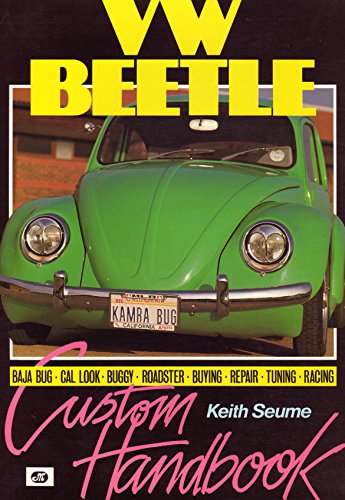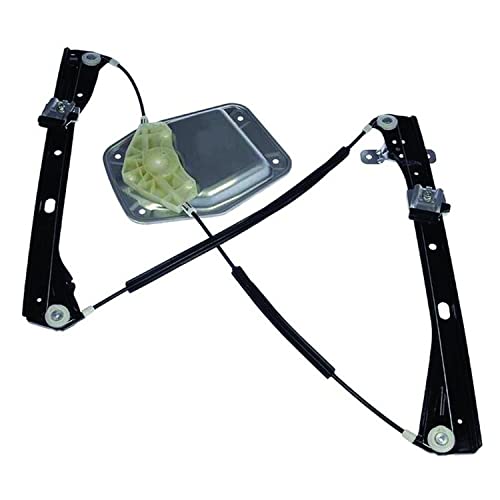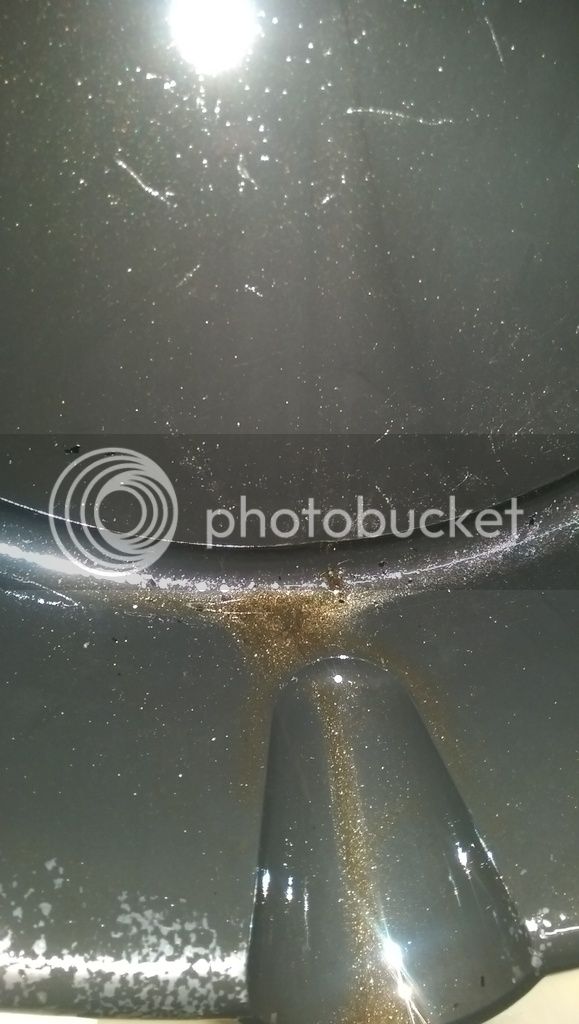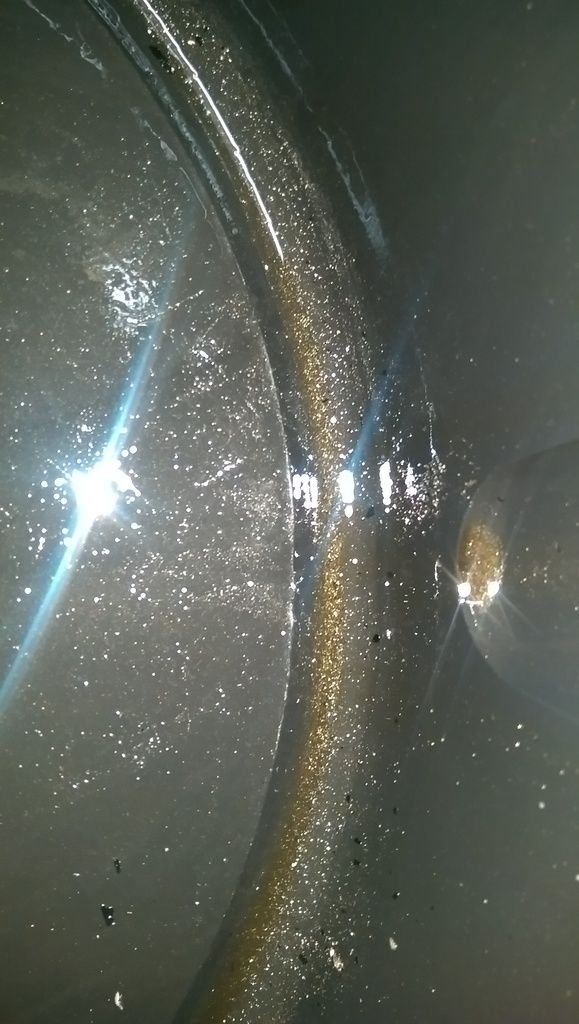Bluesnailman said:
I'm in York, so can't lend you mine.....
if you're absolutely sure that you've cleaned the bypass circuits like above, blow air through the chambers etc then you might want to try a new carb before you splash on an engine. seems a bit too dramatic to me.
changing the fuel over might not be a bad idea. or adding some 'super' to the existing. Ethanol in petrol attracts water, but the water would sit on the top and your fuel feed is from bottom of tank - so might not be the issue
When I've cleaned it I've done the following...
* Took the top off the carb
* Emptied the fuel out into a jam jar
* Took the idle jet out and the little screw next to it, then pulled the tiny jet out.
* Blew air thorugh these
* Put them in a cup of carb cleaner
* Blew air thorugh the circuit (big puff of fuel vapour out of holes in the carb)
* Repeat above for any other jet/bolt etc.. that can be removed from the carb
* Covered carb in carb cleaner
* Cleaned with toothbrush
* Cleaned stubborn bits with brass brush
* Rinsed with carb cleaner
* Blew all holes again with compressed air to get the carb cleaner out
* Reassembled carb with any new washers, valves, o-rings etc.. that were in the kit
* Lifted carb and got as close as I could to it while I turned the throttle screw to the cam. Backed it off so I could see the white of a piece of paper between the cam and the screw.
* Slowly turned the screw until it just touched.
* Put carb down and turned it 1/4 of a turn to set the 0.004 bit
* Refitted gaskets and reattached to the manifold in the van.
It took 3.5 hours to do the above on Sunday.
I'm going to strip and put together a 3rd carb tonight. If that fails, then I am an idiot and doing something wrong or extremely unlucky and have 3 knackered carbs :mrgreen:
Everything I read about new carbs are that they aren't very good and to go back to a Solex.
In my other thread where I mentioned a knocking noise, that has quitened right down with the oil change (which did have some little bits of brass coloured metal in it) and the cylinder pressures were 115-105-70-102psi when I did a test on Saturday. Before I went away they were all around 130psi. On Sunday I tested pressure again on cylinder 3 with a drop of oil in it and it read 85psi. I turned it over two more times and it still read 85psi, so maybe on Saturday I didn't have the compression tester screwedin tight enough (I wouldn't have thought the oil would "seal" the piston rings for that many engine turn overs). Either way it is a lot lower than the others.
Only other thing I've not tried yet is a different distibutor. I've sucked on the vaccuum pipe and the points move around as expected and the engine does advance when the timing light is connected, so I don't have a reason to suspect that is an issue. At idle it's not doing anything special anyway is it?
Thanks for the comments so far.


































